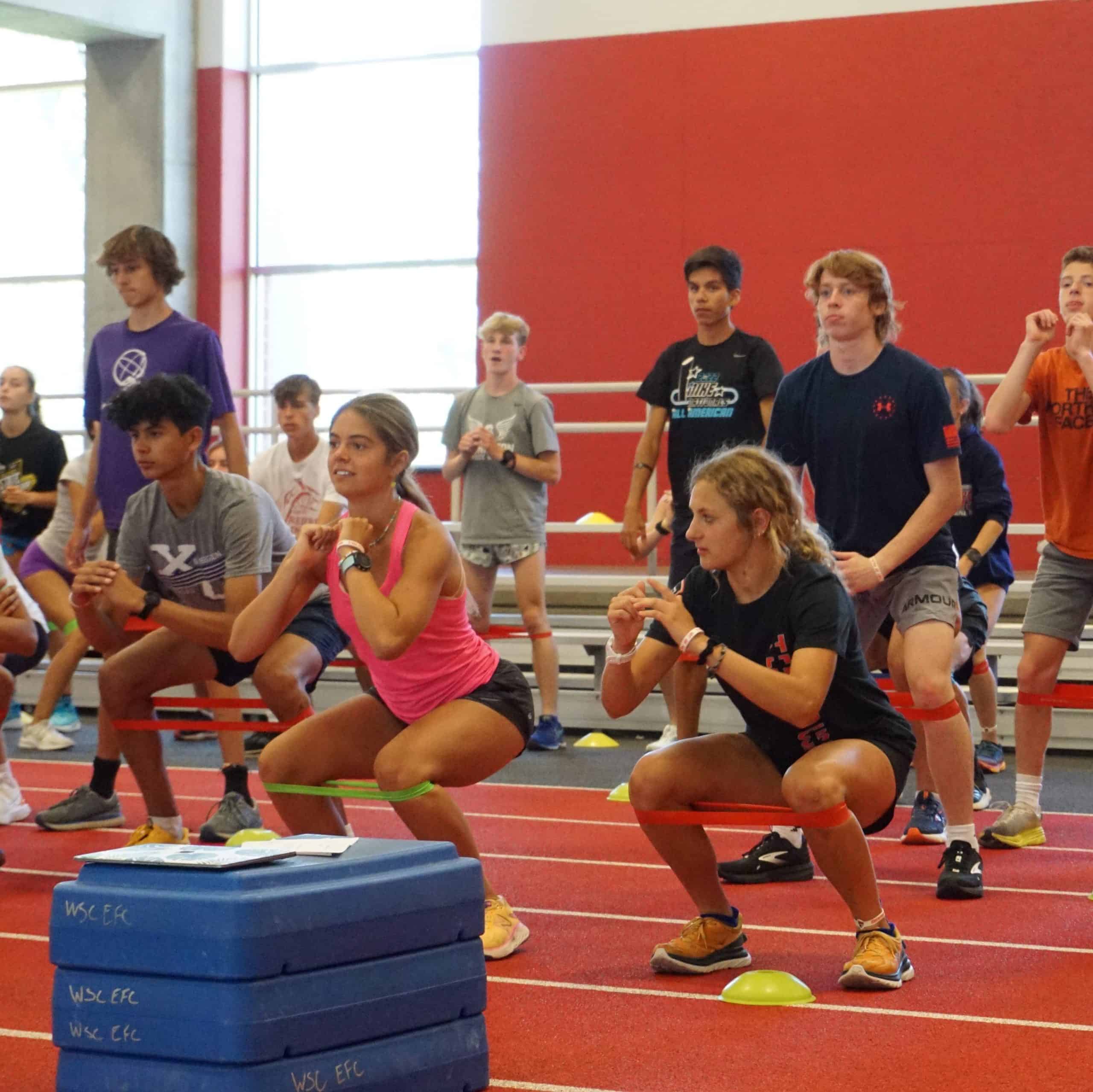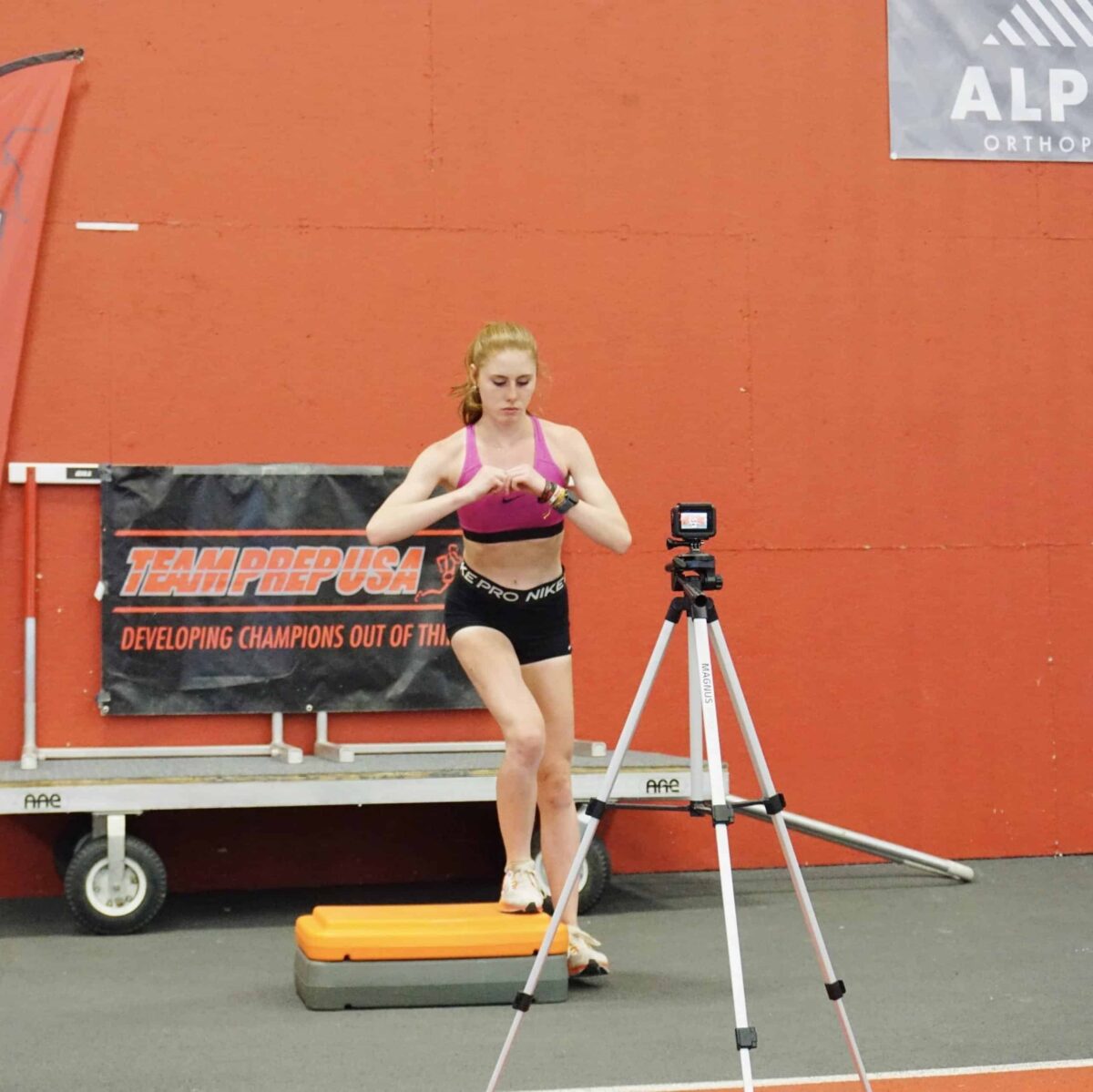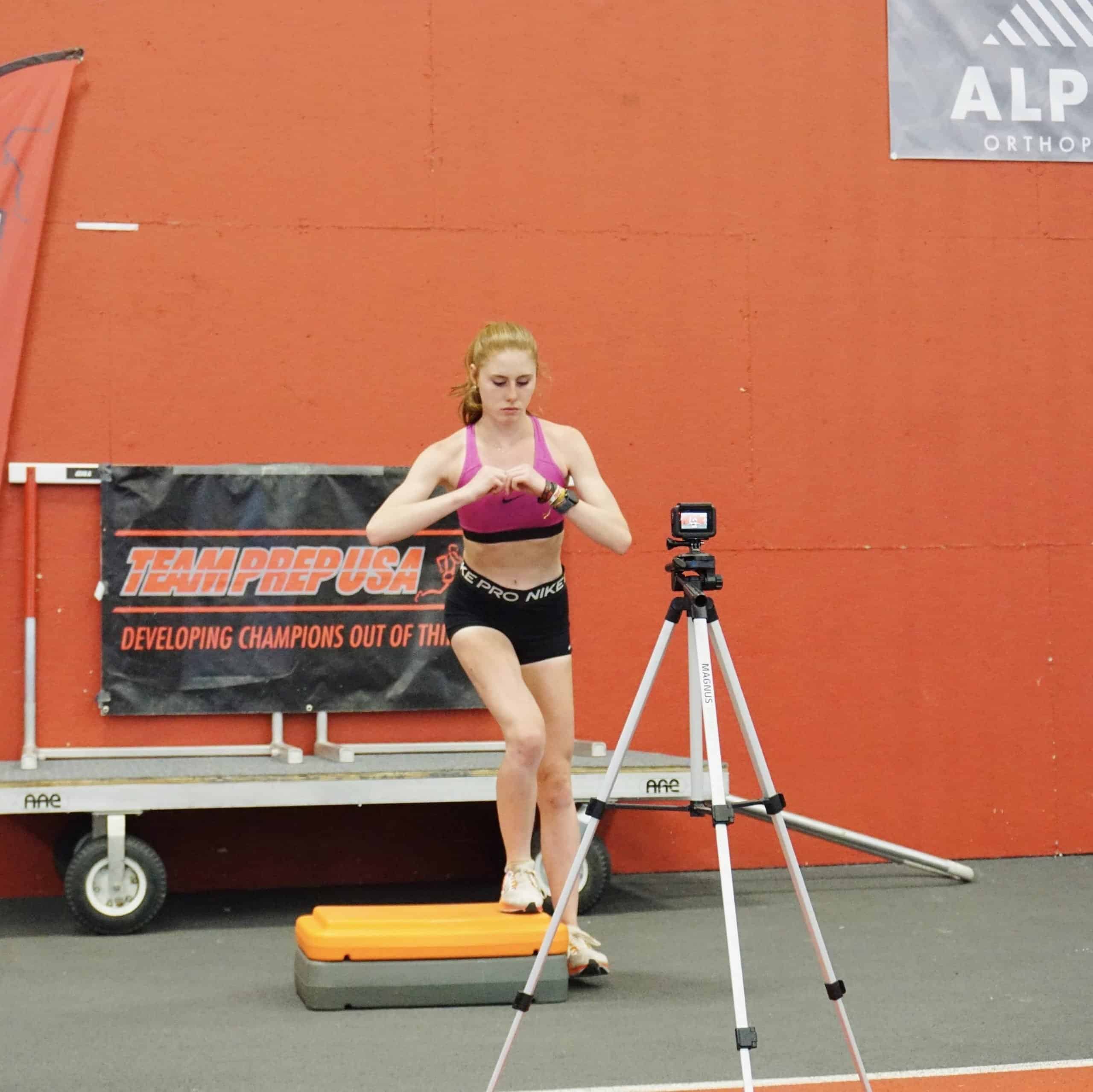
“The most exciting thing to me is really helping athletes…so that they can have the opportunity I never had,” says Doug Hoogendyk, the founder and CEO of Movement Health Science (MHS), a data-powered exercise consultancy based out of Mountain View, California.
For the past three years, Hoogendyk has made the trek to Gunnison to advise runners in the Team Prep USA program, which hosts a summer camp for top high school distance runners based out of Western’s campus — providing easy access to Crested Butte, an increasingly popular running haven for both its high altitude training benefits and picturesque vantages.
As Hoogendyk has become more involved within the valley, he’s forged a budding partnership with Dr. Lance Dalleck, a Western Exercise Science professor who directs the school’s High Altitude Physiology (HAP) Lab.
Hoogendyk believes that Movement Health Science could contribute a data-driven understanding of biomechanics that would strengthen Western’s growing Exercise Sports Science (ESS) program.
“Not a day goes by where I don’t think about what a tremendous collaboration it would be,” says Hoogendyk, who also envisions the potential for a direct partnership with Western’s athletic programs — including the prospect of quantitatively studying injury prevention in coordination with the university’s ESS program.
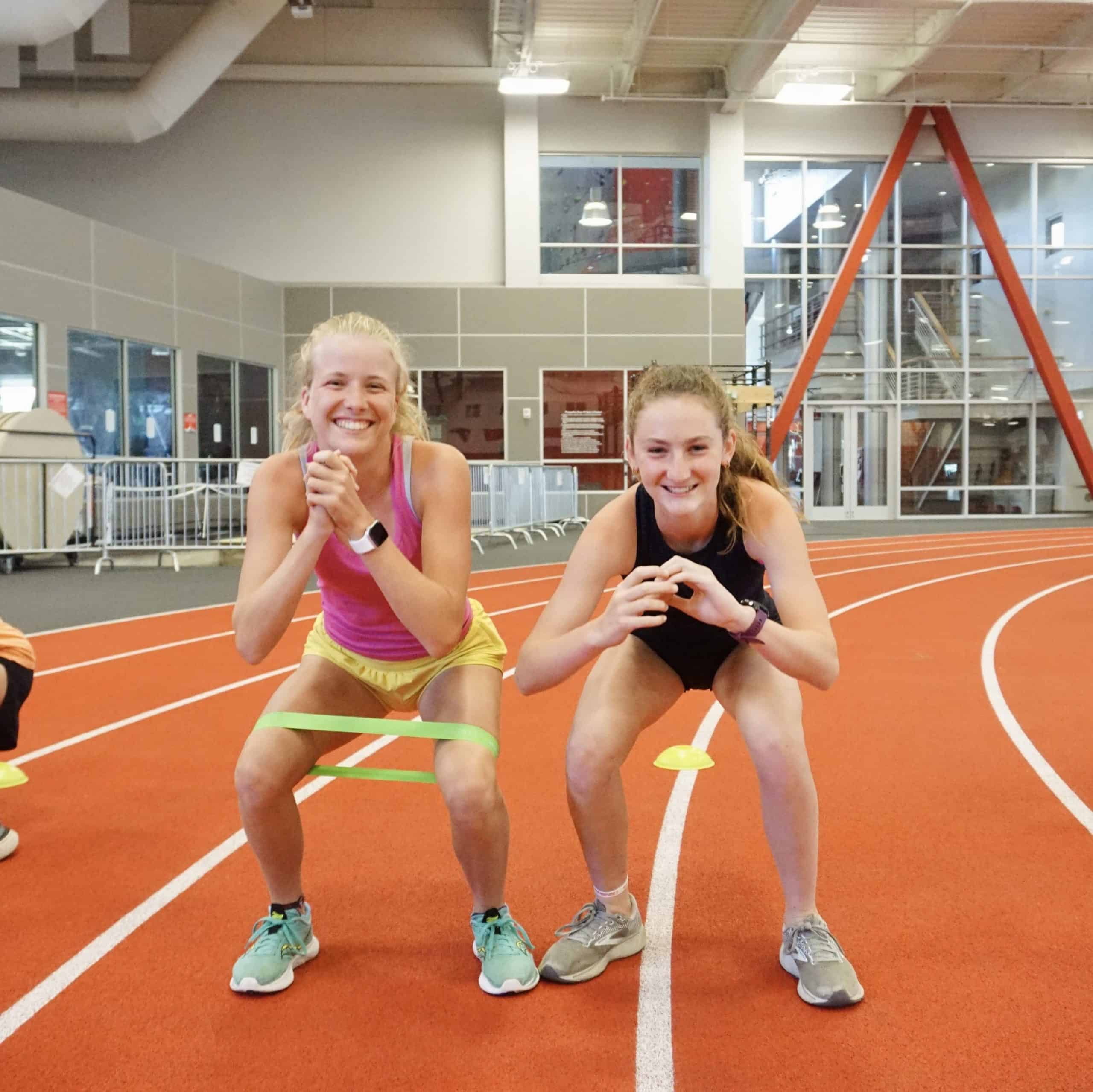
The genesis of Movement Health Science
Hoogendyk began his career as a physical therapist — a field he came to after his own injuries as a basketball player. “I was the guy who was decimated by injury,” he adds.
“Nobody could figure it out. We’re talking about coming up in the 80s when things were completely different — the overwhelming perspective was that I needed to get stronger…but that really just drew more pain and more injury, and I lost a lot of opportunity.”
Hoodendyk remembers being scouted by college programs like Wisconsin, Kentucky, and Syracuse — but the injuries piled up, and ultimately decimated his playing career before he could fully capitalize on his talents.
Guided by some key academic mentors, he set off to improve the opportunities for other athletes, obtaining his doctoral degree in physical therapy and landing at the Hospital for Special Surgery, a New York facility that is renowned for orthopedic surgery and often works with professional athletes.
“It showed me a higher level of clinical practice,” says Hoogendyk, who became connected with the AVP Tour, the predominant professional beach volleyball league.
Through that connection, he secured a postdoctoral residency in orthopedics at the University of Southern California (USC), along with a fellowship in biomechanics and movement science.
It was at USC — where he was invited to stay on in a research and education capacity, that Hoogendyk’s interest in sports science blossomed.
“That’s where my trajectory really started to change,” remembers Hoogendyk. “We started to develop some incredible actualization of data – being able to identify injury potential, and preventing injuries before they happened.”
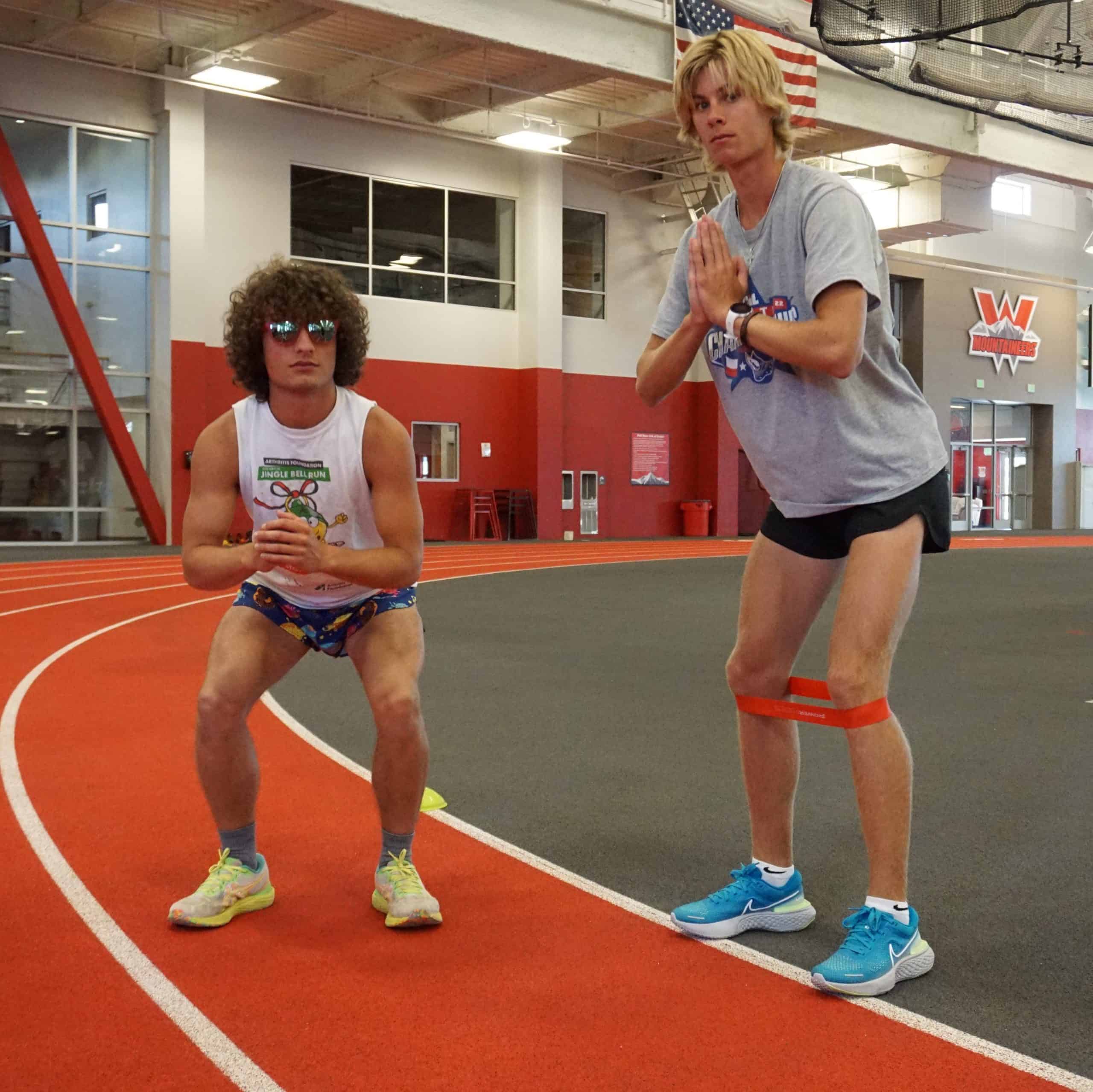
The science of running
In 2020, Hoogendyk decided to venture out on his own, and launched his own private lab in Movement Health Science. It wasn’t long before he received a call from Trent Sanderson, the director of Team Prep USA.
“We took a risk in the middle of the pandemic,” Hoogendyk adds. “The first event went really well, and Trent invited us back.”
Now, MHS has a multiyear contract with Team Prep. This past July, Hoogendyk says that he was performing exercise testing on more than 150 athletes — utilizing technology developed wholly by MHS to improve athlete’s mechanics.
“Our [software platform] has really been designed to identify all the inefficiencies that can potentially occur in runners…we want to improve their overall running economy, we don’t want to change their running stride,” he notes.
Hoogendyk refers to these inefficiencies as “energy leaks”, and notes that many runners cling to the false belief that if they simply run more, they will achieve greater efficiency. He says that his program helps runners understand and systemically reduce the flaws in their running strides, thereby reducing injury and empowering them to boost their speed — and ultimately, to enjoy running more.
Hoogendyk adds that the crux of his program revolves around what is called the “movement signature”, also known as the “mechanical signature.”
“[We try to understand] how runners plan movement, how they seek movement, and the control of that movement as they go through the running stride,” he elaborates.
The initial stage of that process involves examining an athlete’s baseline flexibility.
“Believe it or not, pelvic mobility is largely overlooked in athletic populations and [lacking mobility] can lead to a lot of repetitive stress injuries,” relays Hoogednyk. “We then take a look at their overall posture, using our kinematic motion capture system.”

He adds that examining the posture — specifically the symmetry of both the lower and upper body, can be informative for both an athlete’s performance and their injury risk.
Finally, Hoogendyk examines the running stride throughout the three running phases — ground stance, mid stance, and terminal stance.
“To the naked eye, it’s really not identifiable. But when you slow it down to a really high degree of frame rate — and then pause it for the runner — they can really see these things.”
“The research says that 70 percent of runners will face an injury every year. From our standpoint, that’s really just too egregious being that we’re in 2022,” says Hoogednyk, who notes that athletes can be trained to reduce the absorption of shock forces that contribute to repetitive stress, and ultimately, to injury.
As part of the programming, Hoogendyk will run athletes through a series of exercise tests, including single-legged triple hop and platform step downs. These activities are designed to help him observe movement sequences.
Aiding him in these observations is the usage of a force plate, an instrument which can measure ground forces and other forces involved in human movement. Using the plate, Hoogendyk can tally both explosive power and an athlete’s balance.
“Putting it all into our software, it spits out a report identifying what the athlete’s needs are. It gives us the blueprint, that unique [athlete] profile,” says Hoogendyk, who believes strongly in the importance of matching athletes with specifically tailored programming. “That’s where really special things happen.”
Taking all these data points into consideration, Hoogednyk and his team can locate precisely where precious energy is being lost. Preventing that energy loss — in combination with remedying a lack of greater motor control, can substantially reduce an athlete’s stress loads and slash their likelihood of injury — saving them the anguish the young Hoogendyk faced.
Hoogendyk says that with the aid of MHS’ programming athletes can make concrete changes to their form, and most importantly, their performance, within the span of several weeks.

The passion behind the science
For Hoogendyk, the ability to give back to athletes of all sports, backgrounds, and playing levels —from high school sophomores all the way up to the pros — keeps him energized in his work.
And Hoogendyk’s passion and talent for sports science has been paying dividends. Recently, MHS signed a deal with Sporting Kansas City, a professional soccer team — and is honing the team’s athletic programming to meet the specific needs of its players.
At the end of our conversation, while Hoogendyk is giving me a quick virtual tour of his Mountain View lab — complete with an incredibly high-tech treadmill (which captures more than 3,000 data points for every step a runner takes, he notes), a German-made motion-capture camera system, and a suite of force plates — his chief operating officer Mark Stout pipes in.
“I got involved [with Movement Health Science) because my kids was injured, and went through two years of unnecessary injuries because of improper diagnosis, and never really looking at the big [injury] picture…Seeing it from the parent’s perspective, you [never] want to see that happen,” says Stout, who recalls his son quickly reinjuring himself when he was rushed back into competition.
That motivation strikes a chord with Hoogendyk, who is looking to broaden the audience for his sports science program.
“Our software is really influencing the health and wellness [of athletes], and ultimately providing opportunities for so many athletes from so many different cultures. The ultimate goal is to have [the software] accessible to high-performance cultures across the country,” Hoogendyk adds.
He envisions a future for the company where the software is fully autonomous and can be licensed to teams and athletes for their independent usage, “to really help athletes be healthier, happier, and safe.”
You can learn more about Movement Health Science on their website.
